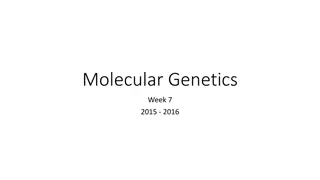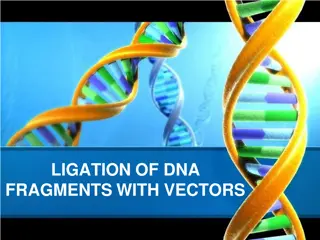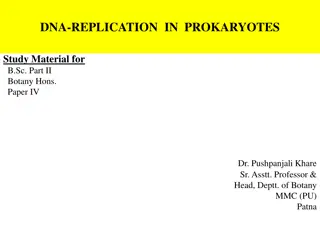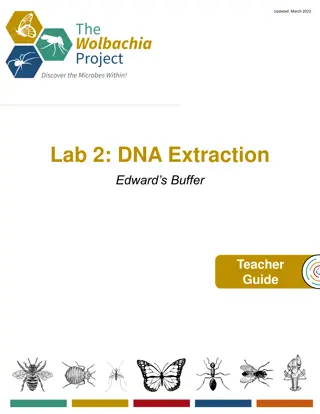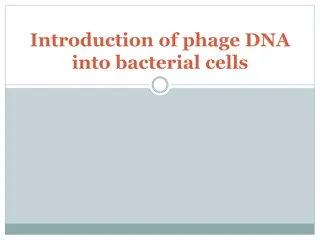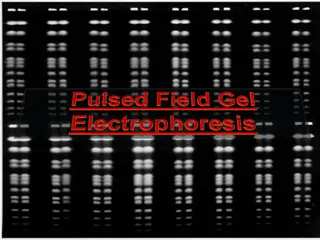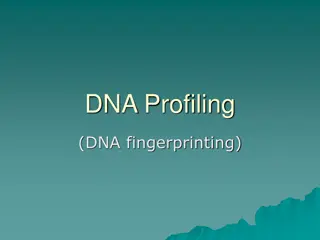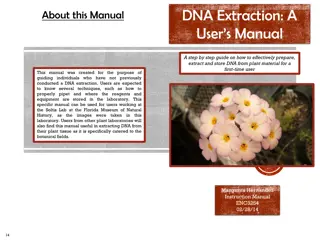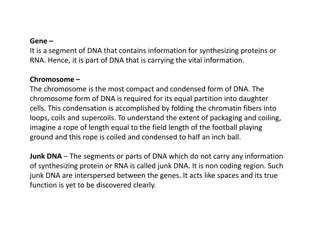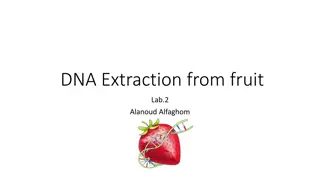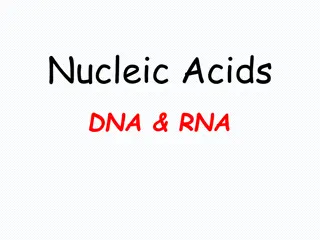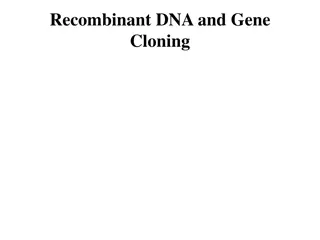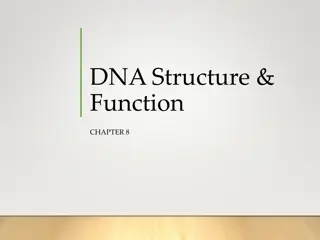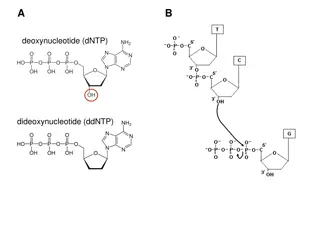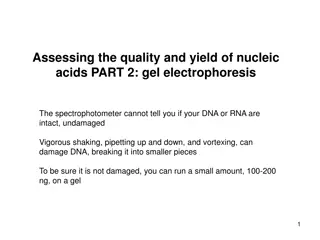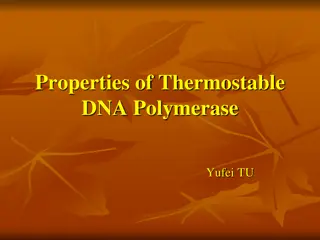
DNA Organization in Prokaryotic and Eukaryotic Cells
Explore the organization of DNA in prokaryotic and eukaryotic cells, identifying key differences and similarities. Learn about the structure of plasmids, circular and linear chromosomes, and the unique characteristics of prokaryotic DNA in comparison to eukaryotic DNA. Enhance your knowledge of cell biology with visuals and learning intentions to master the topic effectively.
Download Presentation

Please find below an Image/Link to download the presentation.
The content on the website is provided AS IS for your information and personal use only. It may not be sold, licensed, or shared on other websites without obtaining consent from the author. If you encounter any issues during the download, it is possible that the publisher has removed the file from their server.
You are allowed to download the files provided on this website for personal or commercial use, subject to the condition that they are used lawfully. All files are the property of their respective owners.
The content on the website is provided AS IS for your information and personal use only. It may not be sold, licensed, or shared on other websites without obtaining consent from the author.
E N D
Presentation Transcript
DNA and the Genome Key Area 1b Organisation of DNA
Organisation of DNA in Prokaryotic & Eukaryotic Cells
Learning Intentions By the end of this topic you should be able to: Identify prokaryotes and eukaryote cells from diagrams Describe the key similarities and differences between prokaryote and eukaryote cells Describe structure of a plasmid and can name the types of cells where they are found Describe structure of circular chromosomes and identify the location and types of cells where they are found Compare the DNA found in mitochondria and nucleus of eukaryote cells Describe the DNA in linear chromosomes found in nucleus of eukaryote cells
You should already know: DNA is the genetic material of living things DNA structure. Difference between a prokaryote and eukaryote.
Cell Size Remember 1m = 1000mm 1mm (10-3m)= 1000 m 1 m (10-6m)= 1000nm 1nm (10-9m) = 1000pm
There are two main classifications of cells 1) Prokaryotic bacteria 2) Eukaryotic fungi, green plants and animal cells
Prokaryotic DNA Prokaryotic DNA is different to eukaryotic DNA in that: Prokaryotes have a SINGLE CIRCULAR CHROMOSOME but Eukaryotes have LINEAR CHROMOSOMES in the NUCLEUS Prokaryotic DNA is not located in a nucleus but is instead found in a nucleoid region
Prokaryotic DNA Prokaryotic DNA is associated with NO PROTEINS but Eukaryotic DNA is associated with PROTEINS called HISTONES. Remember bacterial cells also have extra genetic material in the form of small circular PLASMIDS Yeast is a special example of a eukaryote as it also has plasmids
Eukaryotic Cells May be unicellular or multicellular DNA is enclosed in a double nuclear membrane They contain numerous membrane-bound organelles They can be divided into fungi, animal or plant cells
Eukaryotic Cells These cells have DNA in their nucleus but also have Circular chromosomes in the mitochondria and chloroplasts
The packaging of DNA in eukaryotic chromosomes The length of DNA in one chromosome 4 cm into this... Too small to show the real size, but you could fit 10,000 along the length of a fingernail! 0.2-2 m
DNA is thousands of times longer than the cell it is going into so it must be arranged in such a way that it fits into the nucleus. To do this, the DNA is tightly coiled and packaged around a series of proteins called HISTONES Every 8 of these histones further coil together to make NUCLEOSOMES
Nucleosomes DNA double helix is wrapped around histone proteins forming nucleosomes (beads on a string)
The pieces of DNA between the nucleosomes is known as linker DNA and is a constant length. The combination of DNA and protein is called chromatin.
Thick chromatin fibre The chain of nucleosomes then folds into a thicker chromatin fibre


